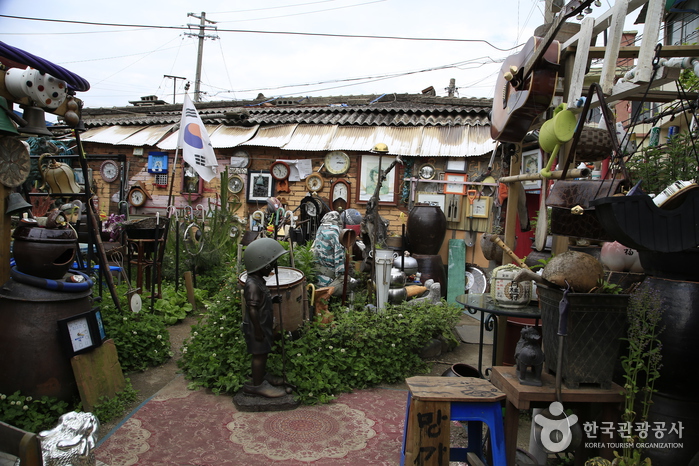Exploring Yangnim History & Culture Village
Welcome to Yangnim History & Culture Village, a charming neighborhood in Gwangju that offers a fascinating blend of Western architecture, traditional hanok houses, and a rich history. This hidden gem is a must-visit for history buffs and culture enthusiasts looking to immerse themselves in the unique heritage of South Korea.
A Blend of Western and Traditional Architecture
One of the highlights of Yangnim History & Culture Village is the exquisite blend of Western and traditional Korean architecture found throughout the neighborhood. As you stroll along the streets, you’ll be captivated by the sight of beautifully preserved hanok houses alongside stunning Western-style buildings. This unique combination creates a harmonious ambiance that reflects the neighborhood’s history and cultural heritage.
Christian Missionaries and Their Impact
Yangnim History & Culture Village played a significant role in the advancement of medicine and education in Gwangju. Many houses in the area were once home to Christian missionaries who contributed to the development and improvement of these essential aspects of society. Their influence can still be felt today, as you explore the neighborhood and learn about their lasting impact on the local community.
Promoting Art and Tourism
In recent years, efforts have been made to revitalize the area and promote art and tourism. Penguin Village, in particular, has undergone a vibrant transformation with colorful murals and outdoor exhibitions that showcase local artwork. These artistic displays not only add a splash of color to the village but also provide a source of income for the elderly residents who create and sell their artwork. It’s a heartwarming initiative that supports the local community and adds to the overall charm of the area.
How to Get There
Getting to Yangnim History & Culture Village is convenient and straightforward. If you prefer public transportation, you can take the Gwangju Subway Line 1 to Namgwangju Station. From there, simply head out of Exit 3 and enjoy a pleasant 15-minute walk to reach the village. The journey itself is part of the experience, as you’ll have the opportunity to soak in the local atmosphere and get a taste of the surroundings before arriving at your destination.
Whether you’re interested in history, architecture, or simply immersing yourself in the local culture, Yangnim History & Culture Village has something for everyone. With its unique blend of Western and traditional influences, this charming neighborhood offers a delightful and educational experience that will leave a lasting impression on any visitor. So, come and explore the hidden treasures of Yangnim History & Culture Village – you won’t be disappointed!

